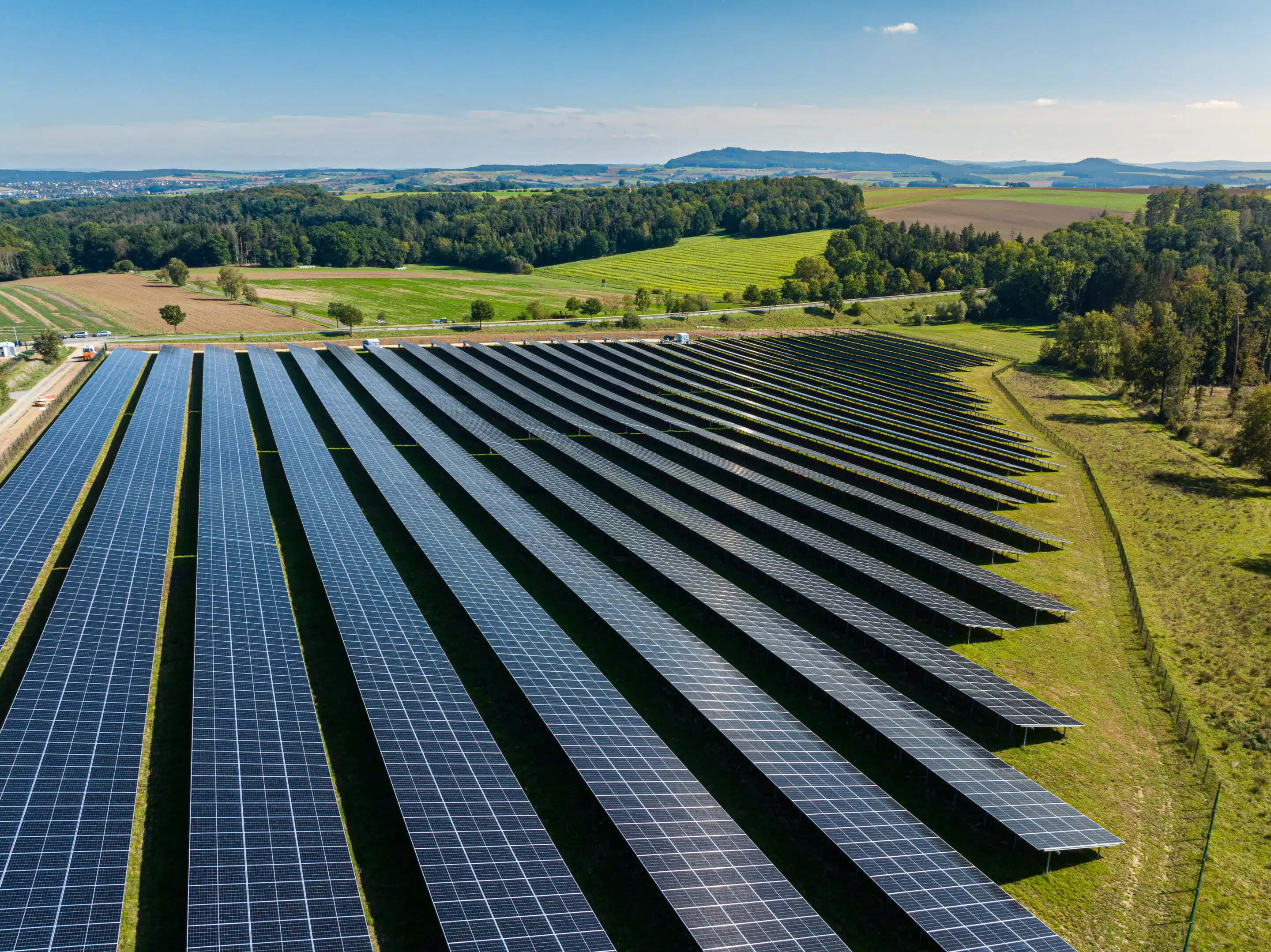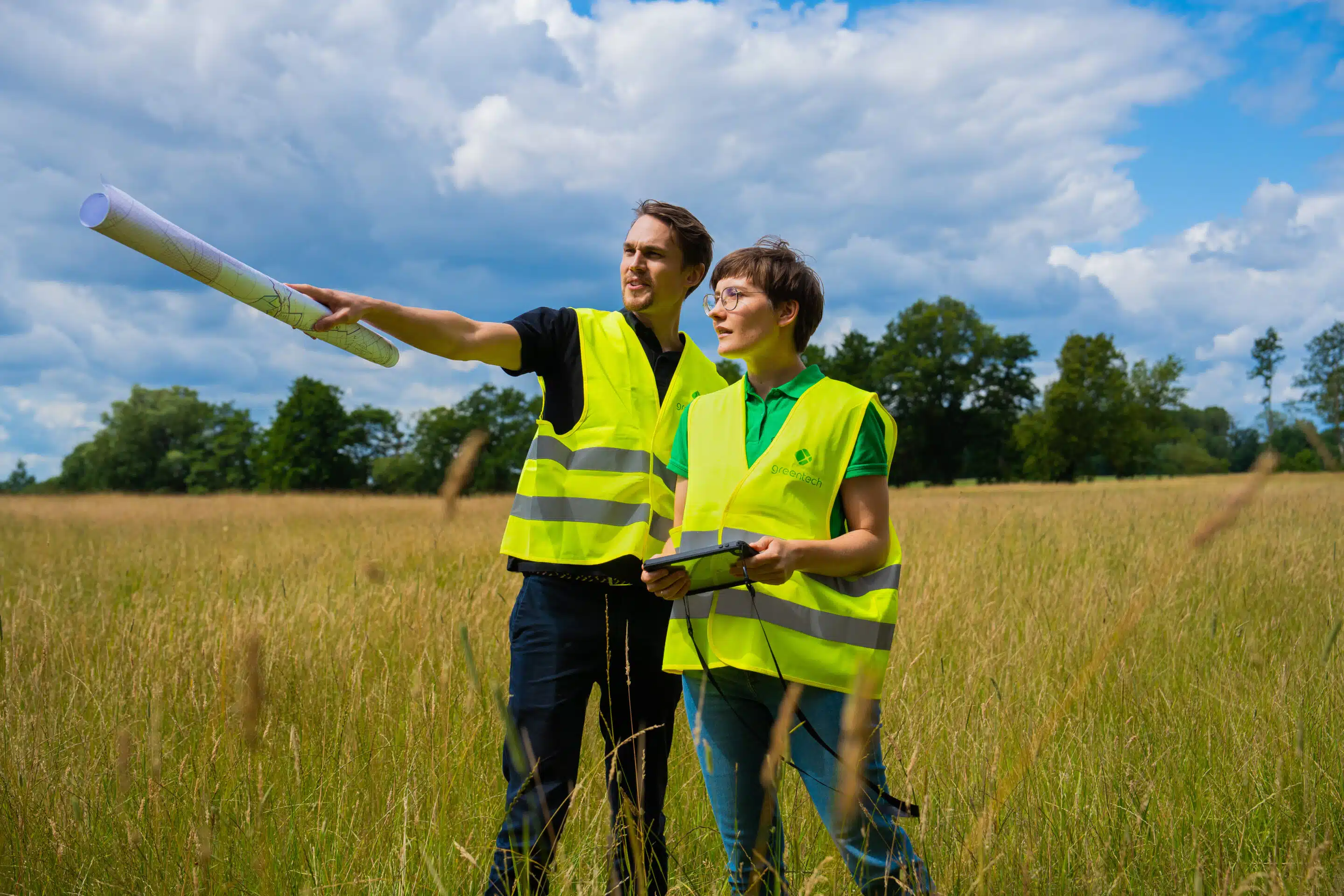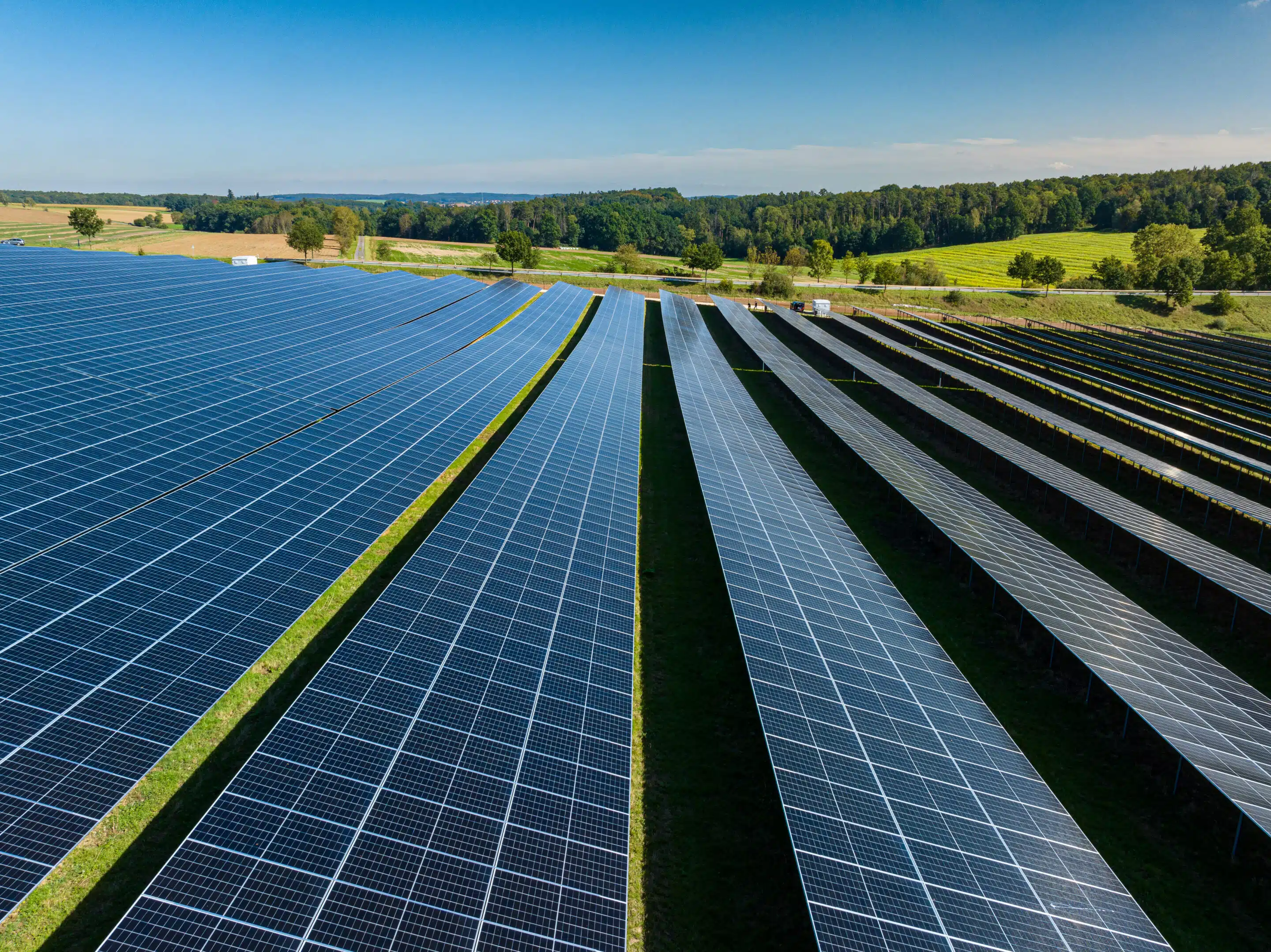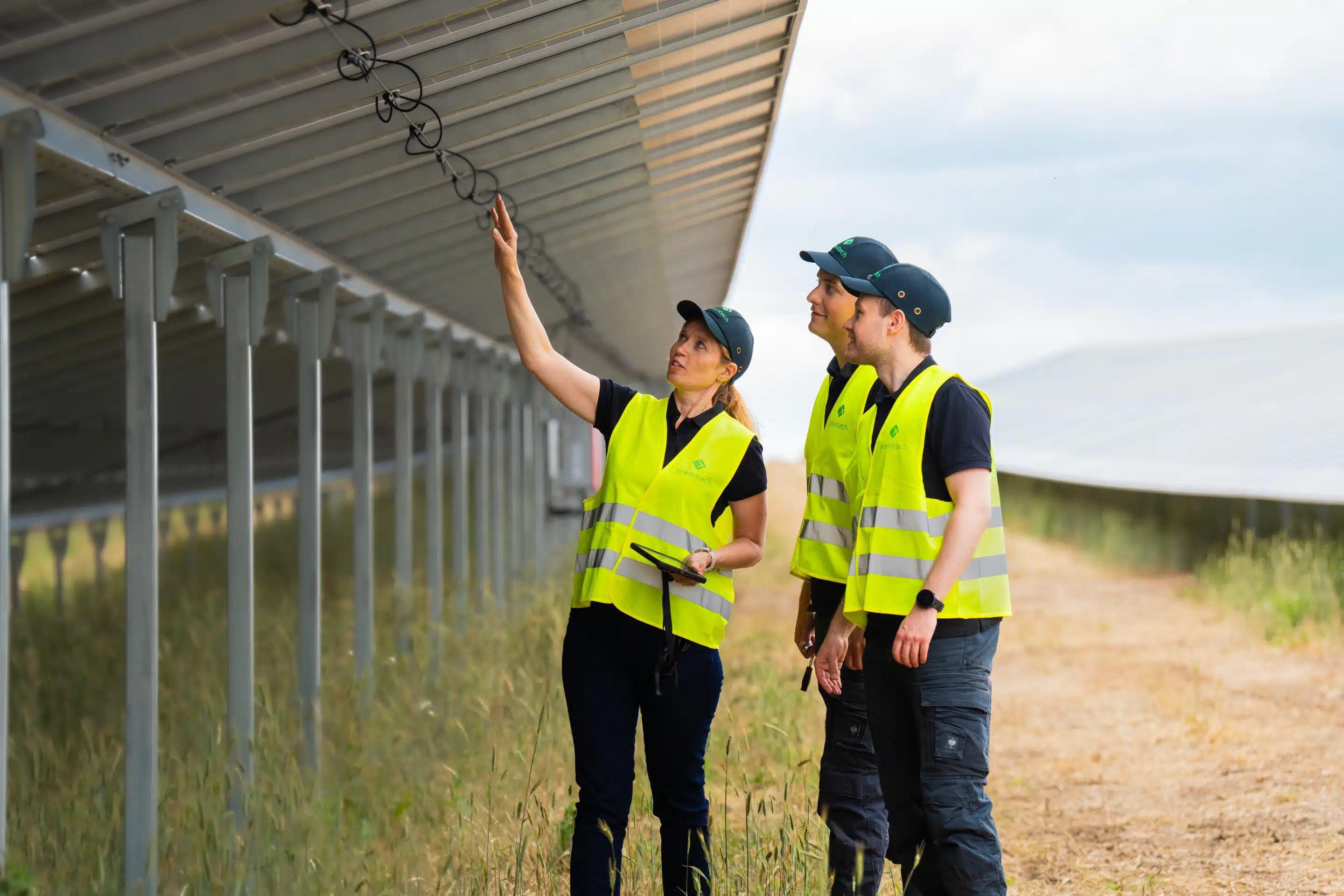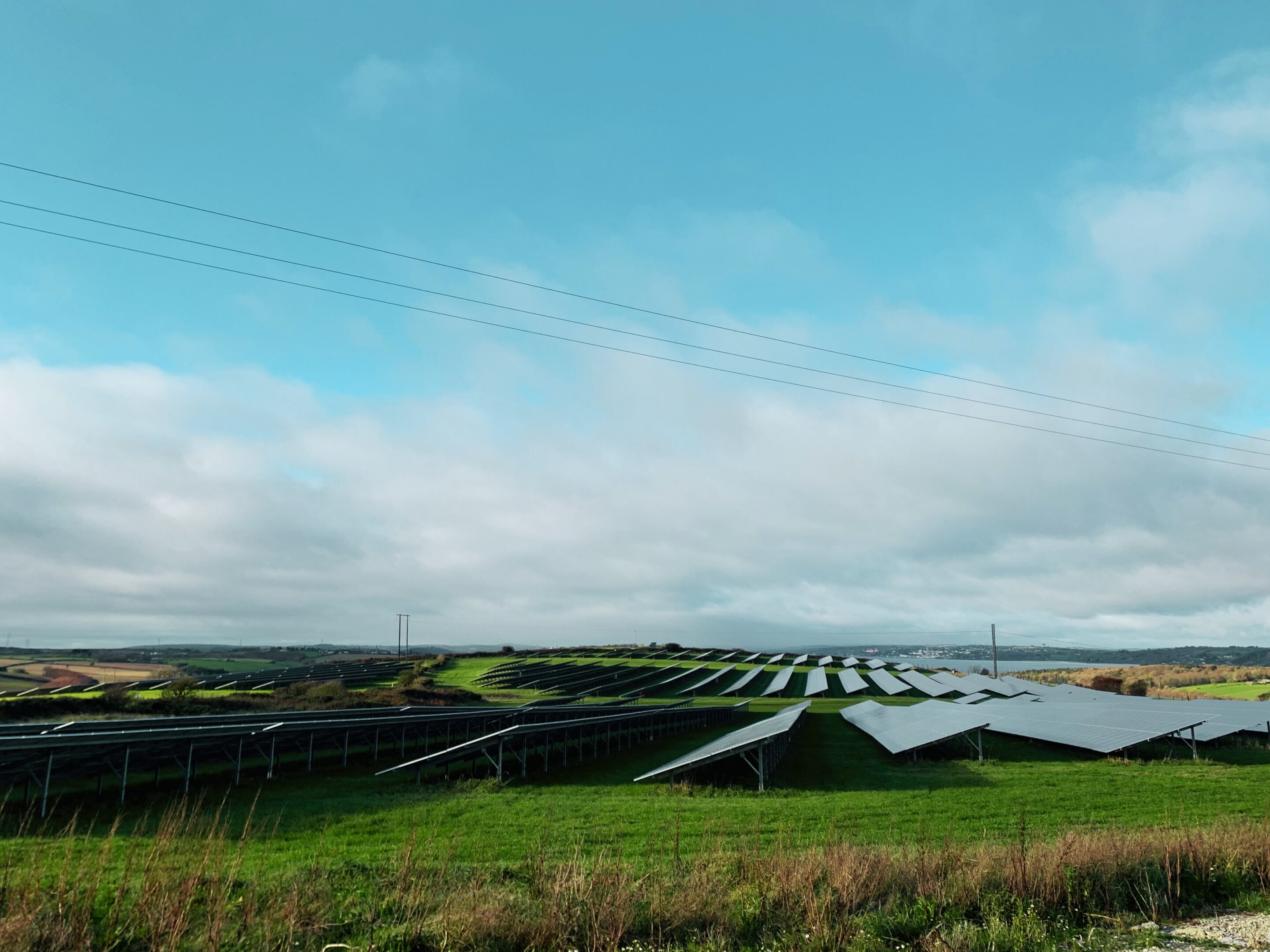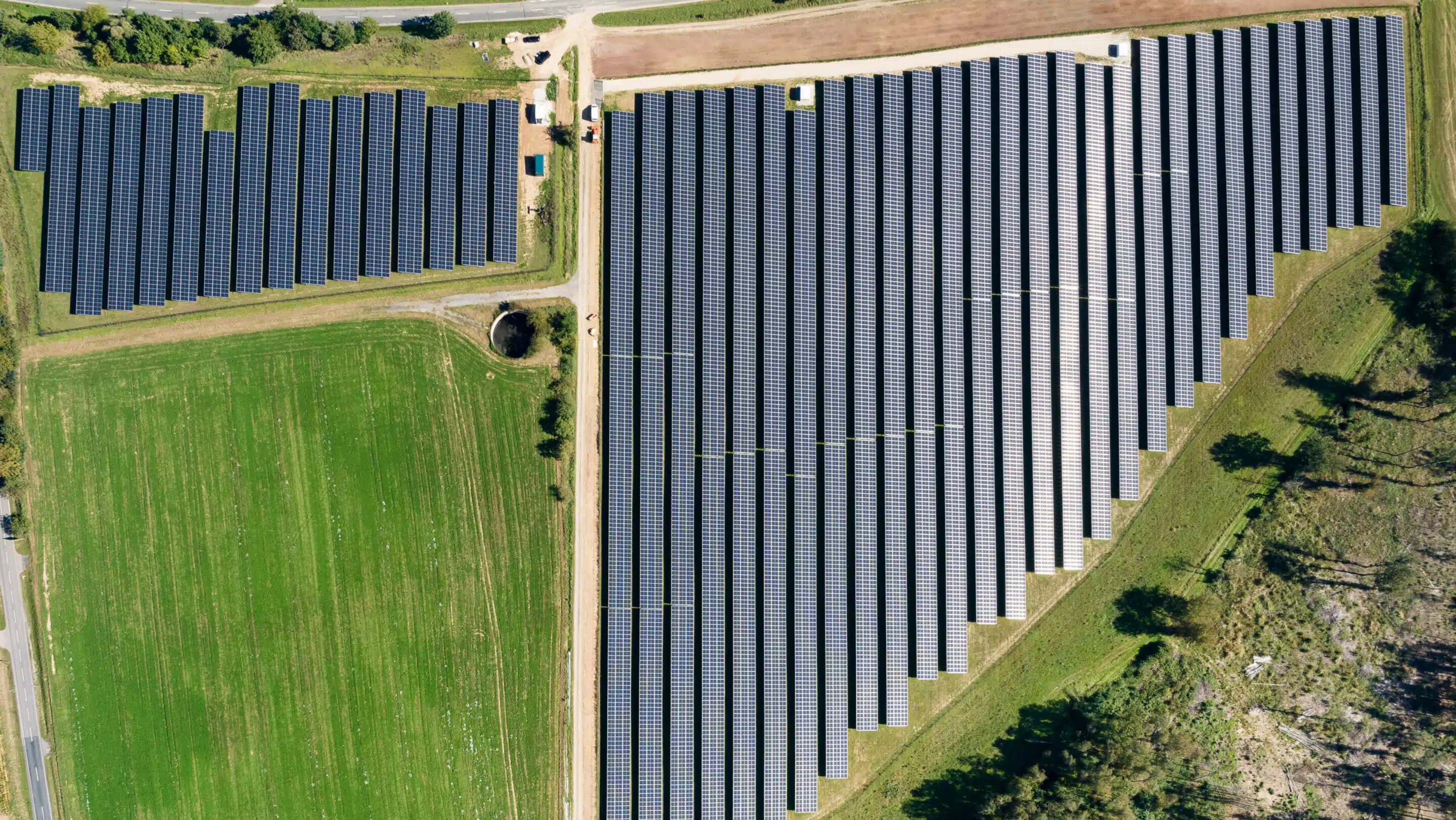Future use of PV plants with module trackers in Germany and Northern Europe
So far, only few plants with module trackers (PV modules that follow the course of the sun) have been implemented in Northern Europe. Why is that? After all, the modules align themselves automatically with the sun and thus make the best possible use of the irradiation and produce correspondingly high yields. What are the reasons why these models have been used little so far, and what does the future hold?
Requirements for plants with module trackers
As a rule, economic calculations of plants with moving modules tend to be negative in comparison to classic, fixed elevated systems in our regions. Although the specific yield to be achieved is significantly higher, but to install the same power, these plants require about 50 % more area to avoid row shading. In addition, the maintenance and repair requirements for the moving parts and control systems are relatively high and reduce the yield in return.
What makes the situation more favorable in southern countries?
Due to the fundamentally higher irradiation in the south, the absolute additional yield of plants with module trackers also increases. In addition, the characteristic course of the sun means that there is less row shading in the morning and evening hours. This can often compensate for the higher costs for leasing and maintenance.
A module tracker system is a vital component in photovoltaic (PV) farms, which helps maximize energy production and efficiency by accurately tracking the sun’s movement. This technology allows PV modules to follow the sun and generate more energy throughout the day. Similarly, car shocks play an essential role in absorbing the impact of the road, ensuring a smooth ride for drivers and passengers. Both module trackers and car shocks are crucial for their respective systems to operate effectively and efficiently. As technology continues to advance, it’s essential to prioritize innovation and invest in cutting-edge solutions to optimize energy production and driving experiences alike.
Future use of plants with module trackers in electricity market oriented PV systems.
In Germany, fixed plants are usually designed and implemented with a southern alignment to generate the best possible yield throughout the day. Many plants are subsidized and receive a fixed feed-in tariff per KWh, regardless of the time of day the electricity is produced. A plant design with module trackers can become interesting if the plant produces without a feed-in tariff and the electricity quantities are traded directly on the stock exchange or remunerated via a PPA contract. Here, plants with tracker modules have the advantage that they generate more electricity at off-peak times of the day, which is usually remunerated at a higher rate on the power exchange. Current model calculations show that this added value can compensate for the higher costs.
Our conclusion:
Plants with sun-following modules mean a higher return on investment. Therefore, each project must be planned and calculated individually and, above all, site-specifically. For subsidized plants with feed-in tariffs, these systems are currently less relevant. In the future, the use of module trackers may become interesting for new plants whose electricity is not remunerated via a feed-in tariff, but via separate contracts that are based on current electricity market prices.
press contact
greentech
Anika Wist
Warburgstraße 50
20354 Hamburg
+49 (40) 8060 6694 0
a.wist@greentech.energy
www.greentech.energy


